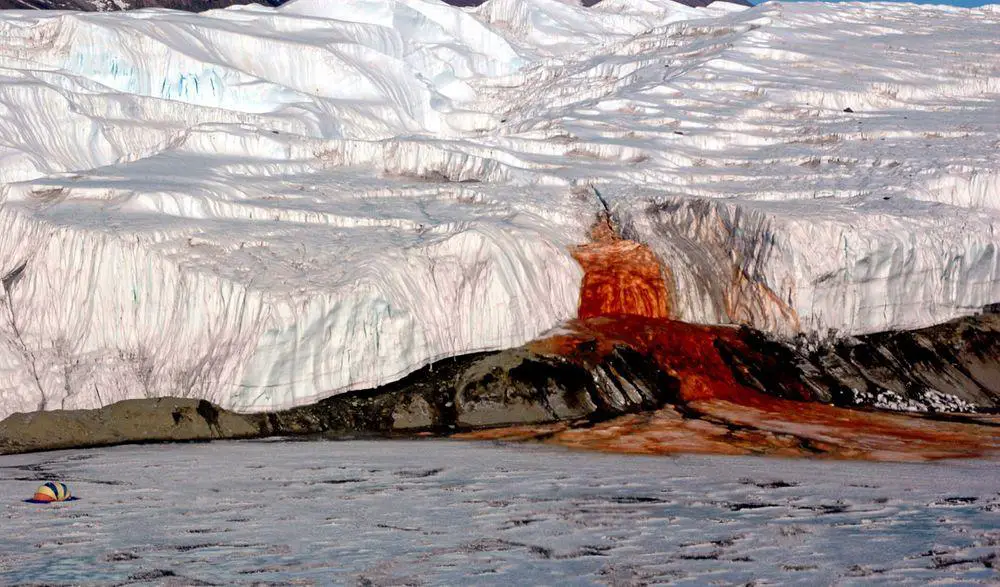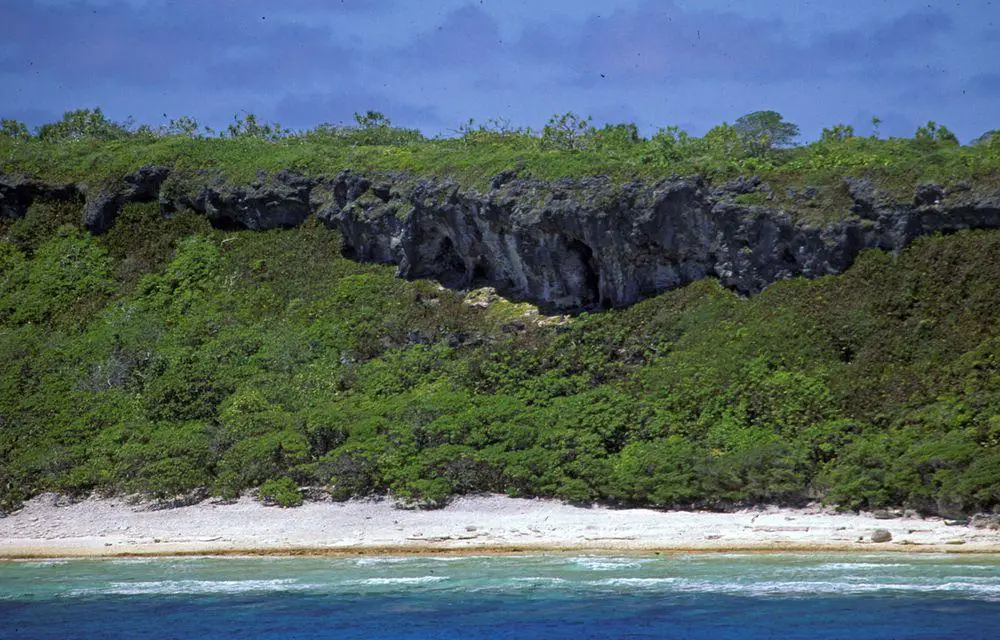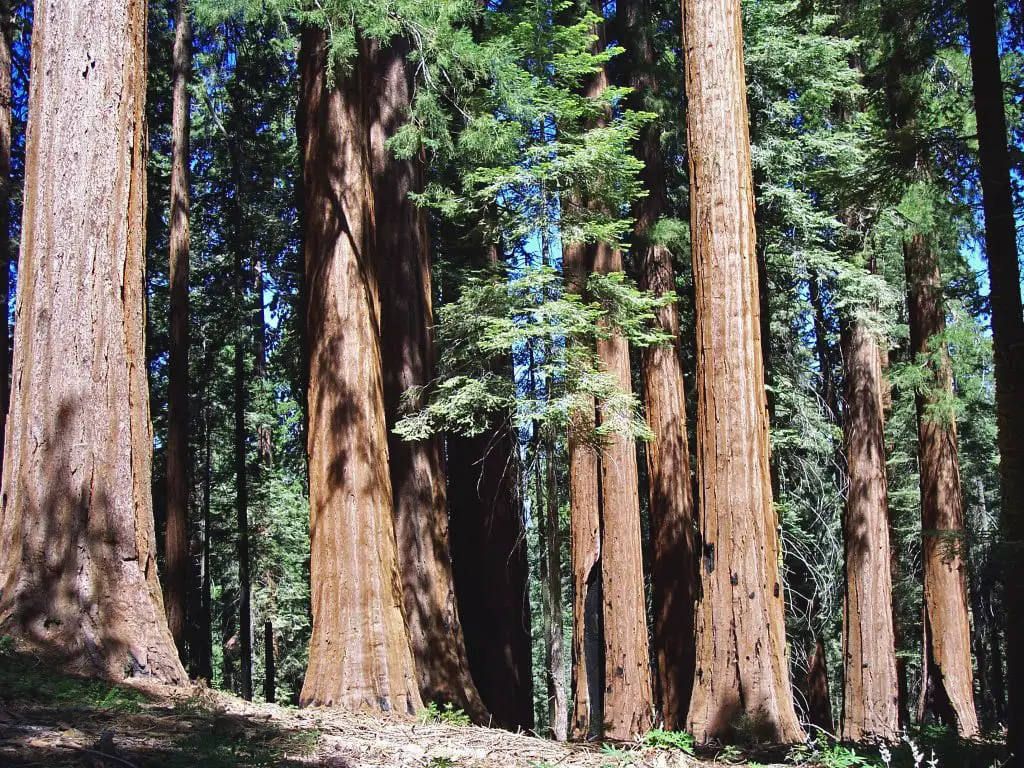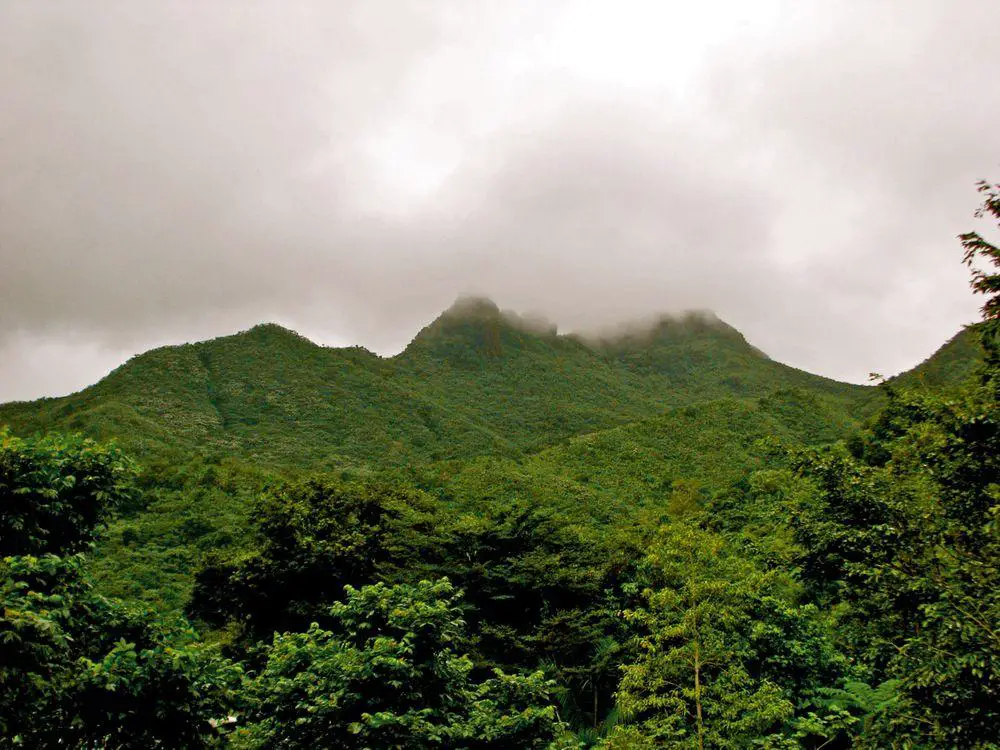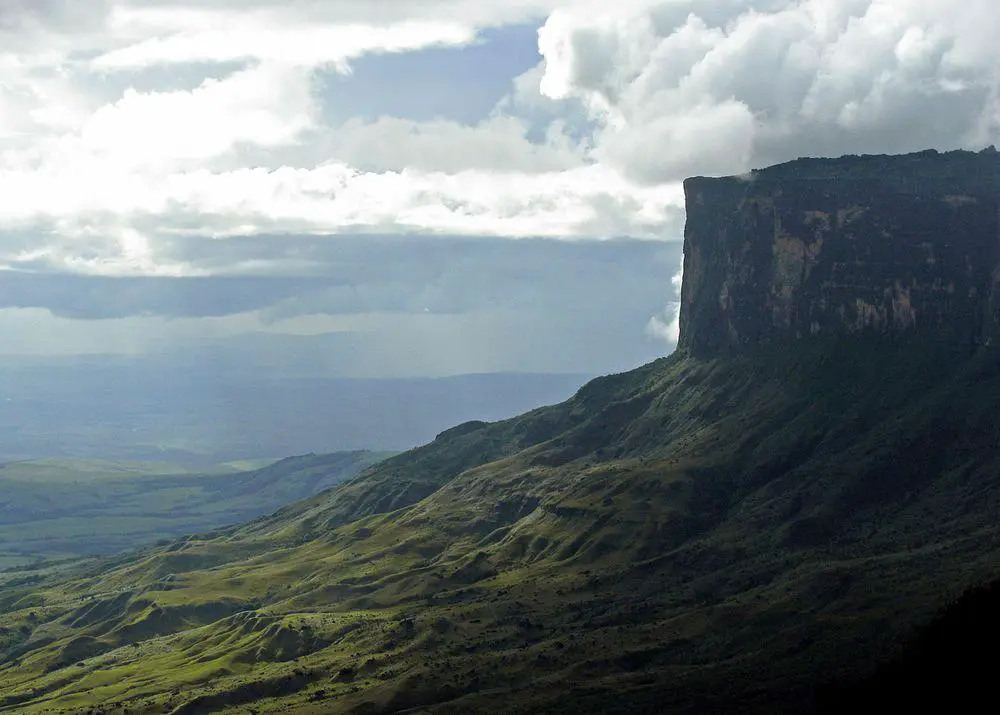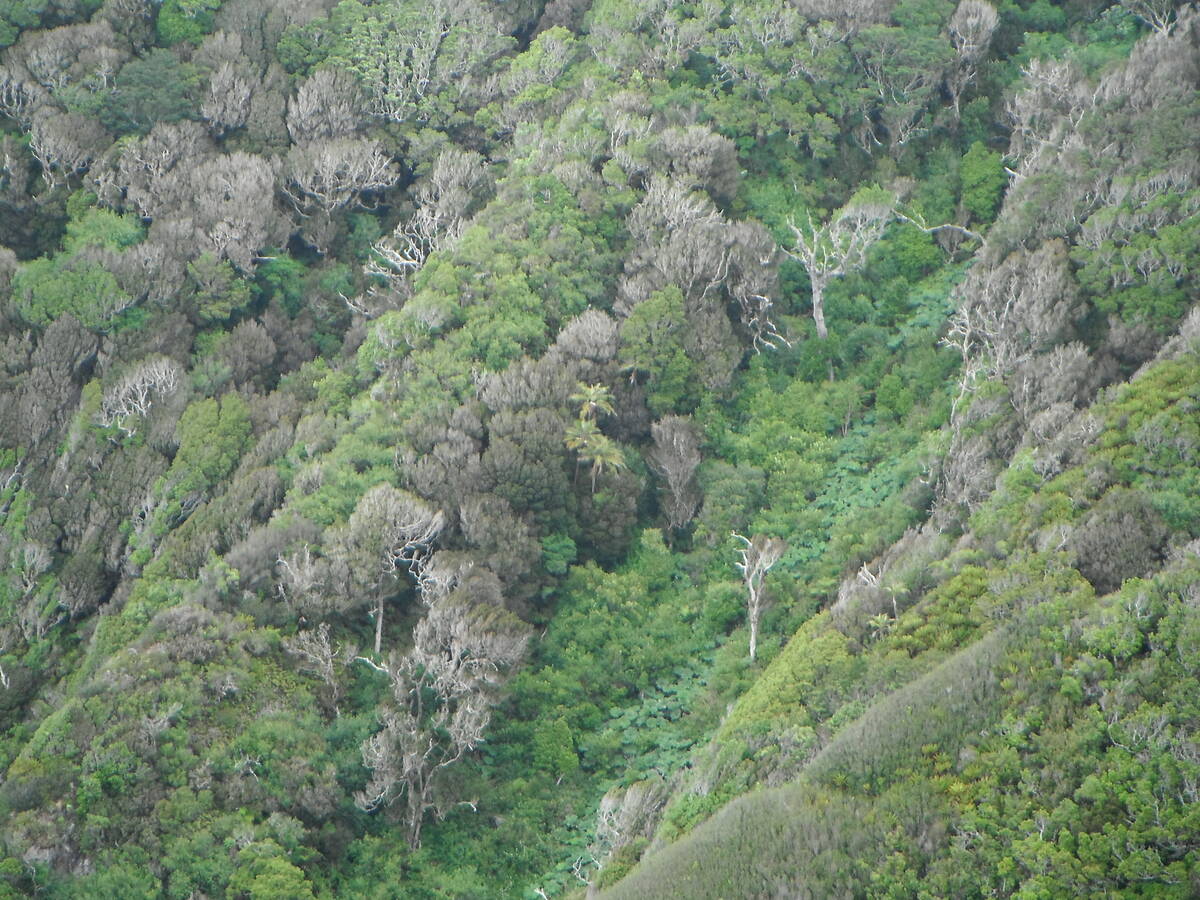Wondermondo 🢖 Categories of wonders 🢖 Biological wonders 🢖 Ecosystems
Category
Ecosystems
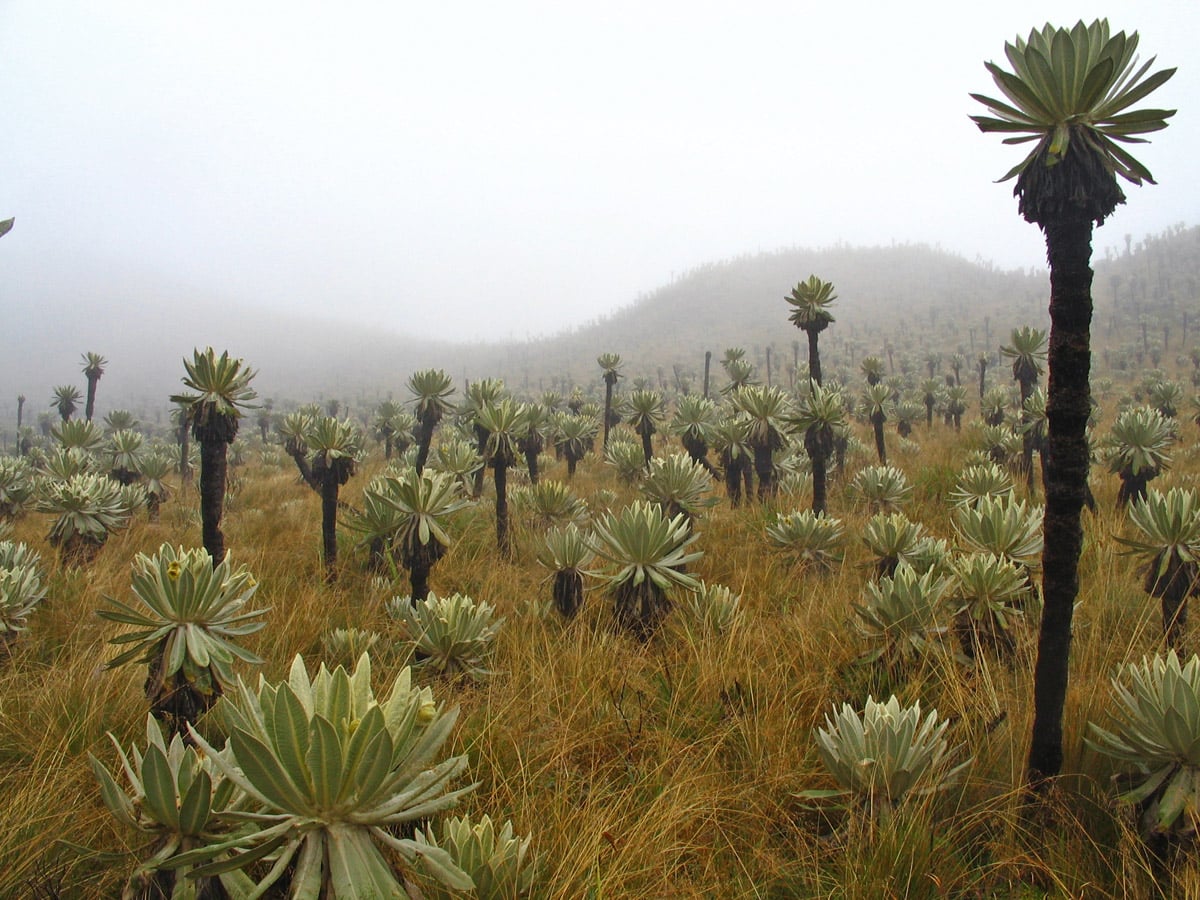
 Described ecosystems
Described ecosystems
If you see this after your page is loaded completely, leafletJS files are missing.
 What is included in this category?
What is included in this category?
Definitions of words ecosystem and biotope are somewhat ethereal and elusive.
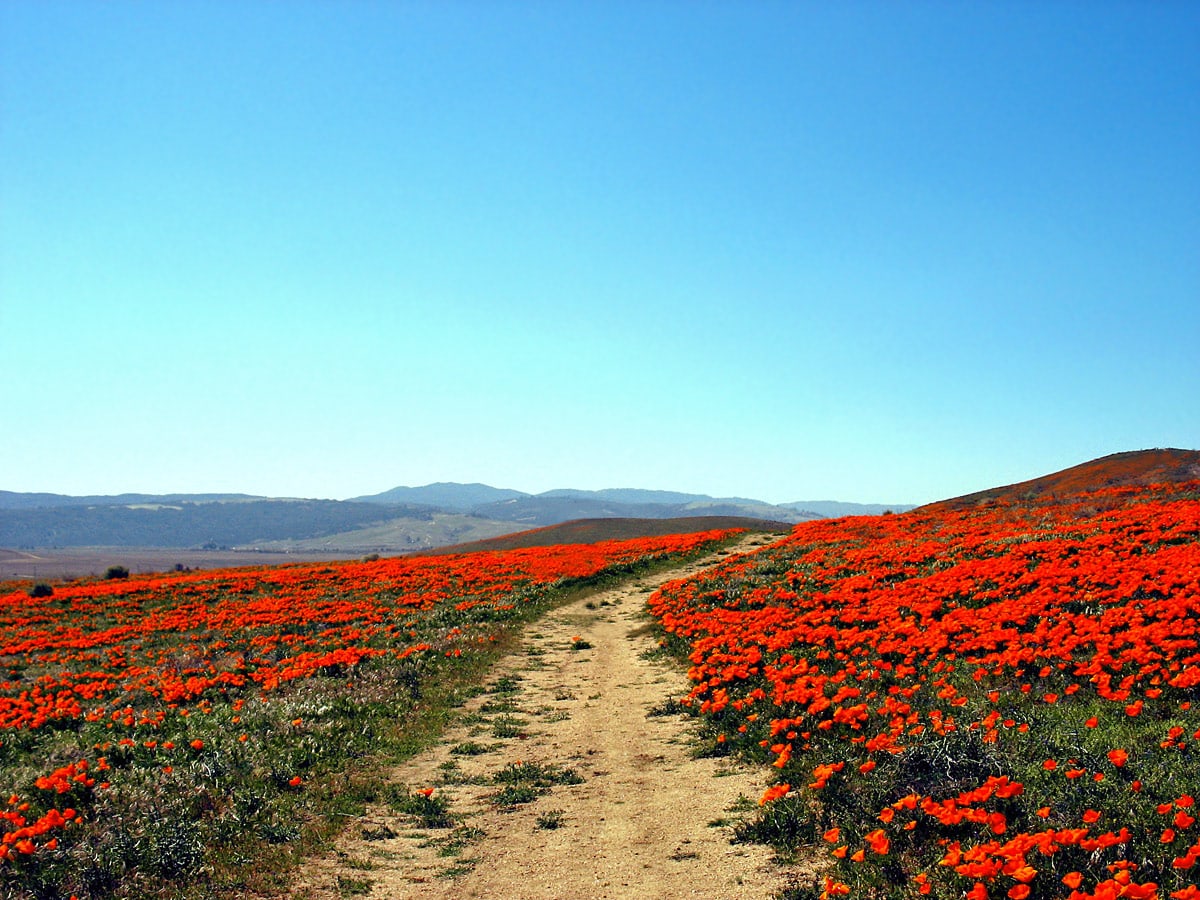
Biotope is rather small area with uniform environmental conditions and specific community of life. For years there is ongoing identification and classification of biotopes and their aggregations with hundreds of them listed around the world.
From one side – this brings in some order, for example, lays foundation for proper planning of nature conservation areas. From the other side – too often nature does not fit in classification systems – at some moment every single corner seems to be a biotope on its own.
Criteria
Here are described those unique ecosystems and biotopes which:
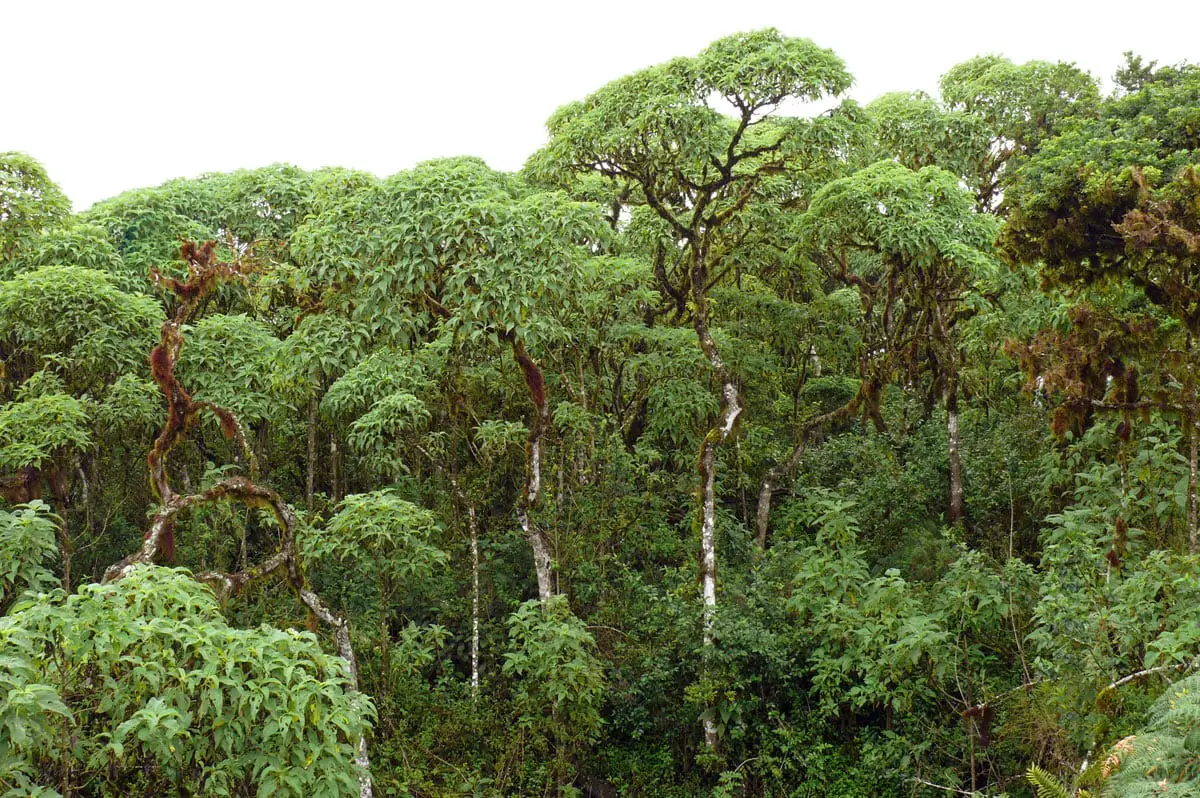
- Have striking, unusual looks. Good example is forest of Dragon’s Blood Trees – Rokeb di Firmihin (Yemen). Most people don’t imagine that something like this is possible on Earth.
- Just look unusually beautiful, for example the endless sea of flowers in Skilpad Wild Flower Reserve (South Africa).
- Are located in an unusual place. Example: northernmost forest in the world (Ary-Mas and Lukunsky grove in Russia) are in the middle of endless tundra.
- Are shaped by unique processes. Lake Vostok in Antarctica is oversaturated with oxygen which in low temperatures and under high pressure most likely serves as a habitat for yet unknown organisms to be discovered somewhere in the future.
- Contain an unusually high number of endemic species – found only here. Thus mere 240 metres long Movile Cave (Romania) contains 33 species found nowhere else on Earth.
- Contain large number of representatives of very rare species. The small Aldabra is virtually dominated by Aldabra Giant Tortoise and this animal actively shapes the ecosystem of island.
- Are unique in some other way.
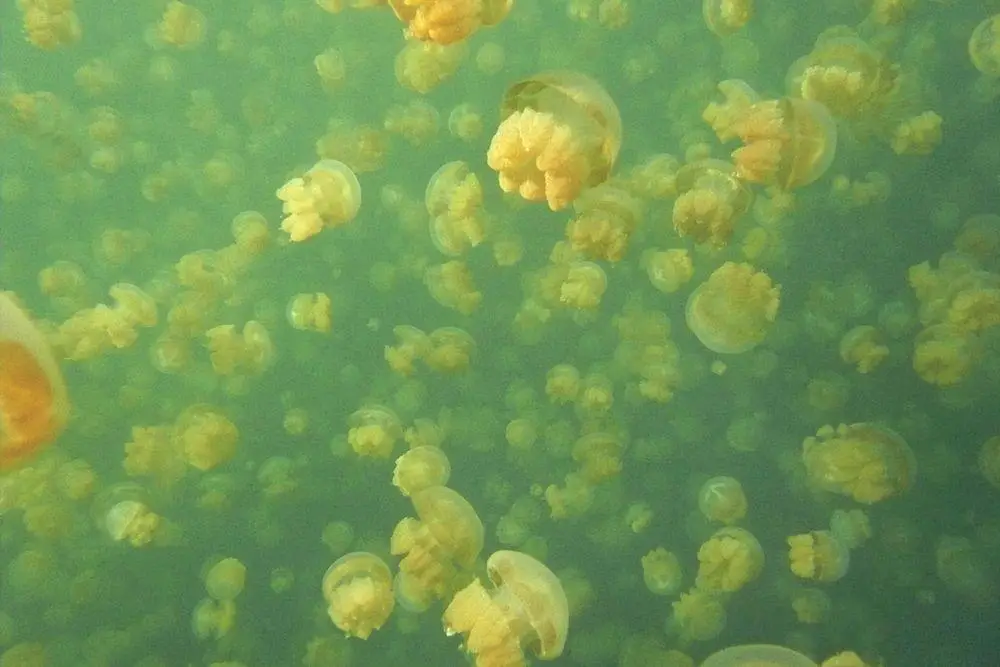
Animal colonies
The sight of the gathering of countless penguins or antelopes is very fascinating and intriguing. There are locations in the world where such gatherings are permanent or regular – and location with intriguing sights belongs to landmarks.
Wondermondo places animal colonies as a separate subcategory under ecosystems.
 Top 25 ecosystems
Top 25 ecosystems
Africa
Aldabra
Seychelles
Second largest coral atoll by land area in the world, with a unique ecosystem. Contains the world’s largest population of giant tortoises – 100,000 endemic Aldabra Giant Tortoises (Aldabrachelys gigantea) that dominate the ecosystem. Numerous other endemic species of animals and plants, including the flightless Aldabra rail (Dryolimnas cuvieri aldabranus).
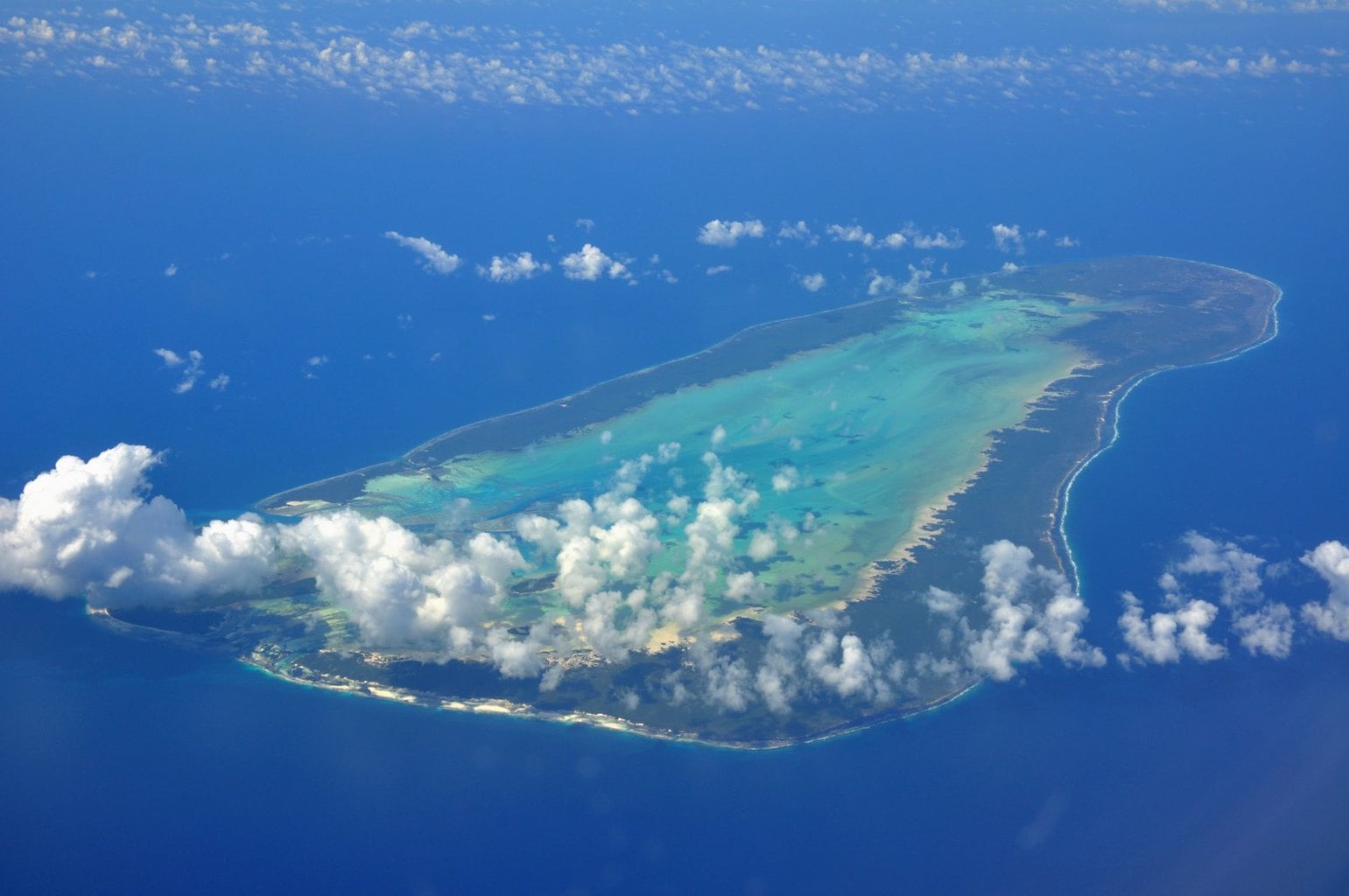
Kairei hydrothermal vents
(central part of the Indian Ocean)
Group of hydrothermal vents with very high H² concentration. It is possible that the unique ecosystem around these vents closely resembles the ancient ecosystems (consisting mainly of microorganisms) that existed on Earth in the seas before the photosynthesis process started. This unique ecosystem exists due to specific geological conditions around the vents. Here lives also a unique gastropod with shells made of iron oxides.
Vallée de Mai (Vallee de Mai)
Seychelles
Relict of Gondwana, a natural palm forest with the endemic coco de mer palm (Lodoicea maldivica) grove and five other endemic palms. Coco de mer grows up to 34 m tall and has the largest seeds in the plant kingdom – up to 42 kg heavy nuts. Many other endemic species of plants and animals, numerous vanilla orchids.
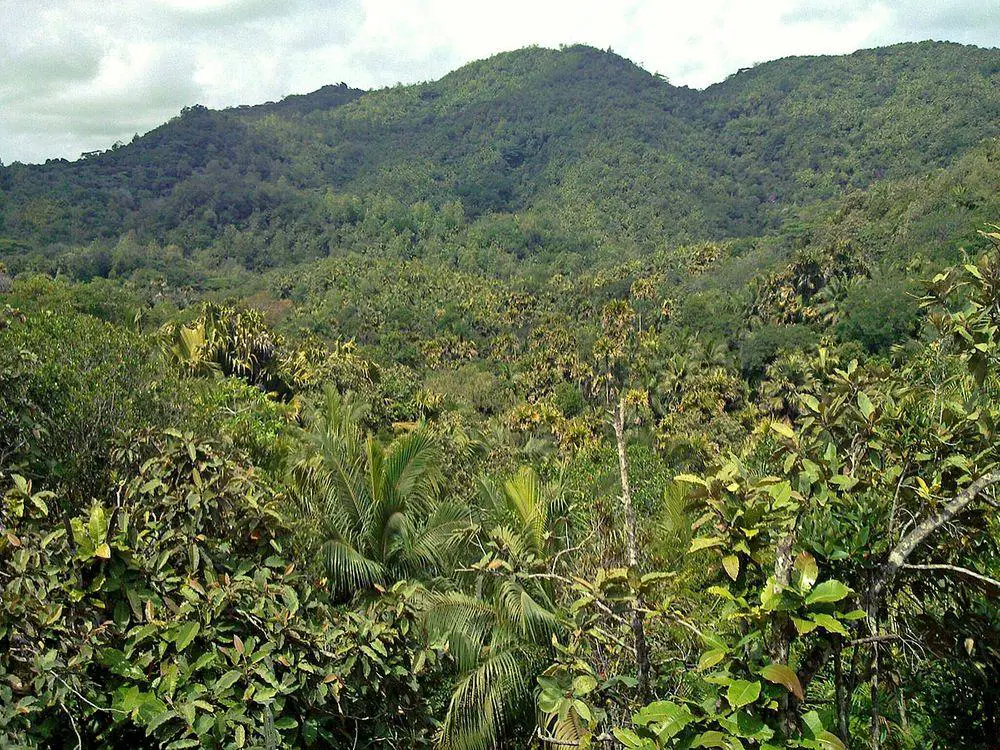
Ngorongoro Crater
Tanzania
The largest volcanic caldera in the world, up to 610 m deep and 260 km² large. An area of an exceptional concentration of wild animals, with 25,000 large animals living in the crater.
Antarctica and Subantarctic islands
Blood Falls
Antarctica
Unusual natural feature – an outflow of hypersaline water, seeping through the ice, tainted with iron oxides in blood color. This approximately 15 m tall fall provides insight into a unique ecosystem that has been isolated from the outside world for 1.5 million years.
Bird Island
South Georgia and the South Sandwich Islands (United Kingdom)
One of the richest wildlife sites in the world. The size of this island is just 400 ha but here live 50,000 pairs of penguins, 14,000 pairs of albatrosses, 700,000 petrels, and 65,000 breeding pairs of Antarctic fur seals.
Asia
Kaas plateau
India
This plateau has an area of 1,000 ha area and is covered with millions of wildflowers from August to September. More than 850 species of plants grow here, some are endemic – met only here.
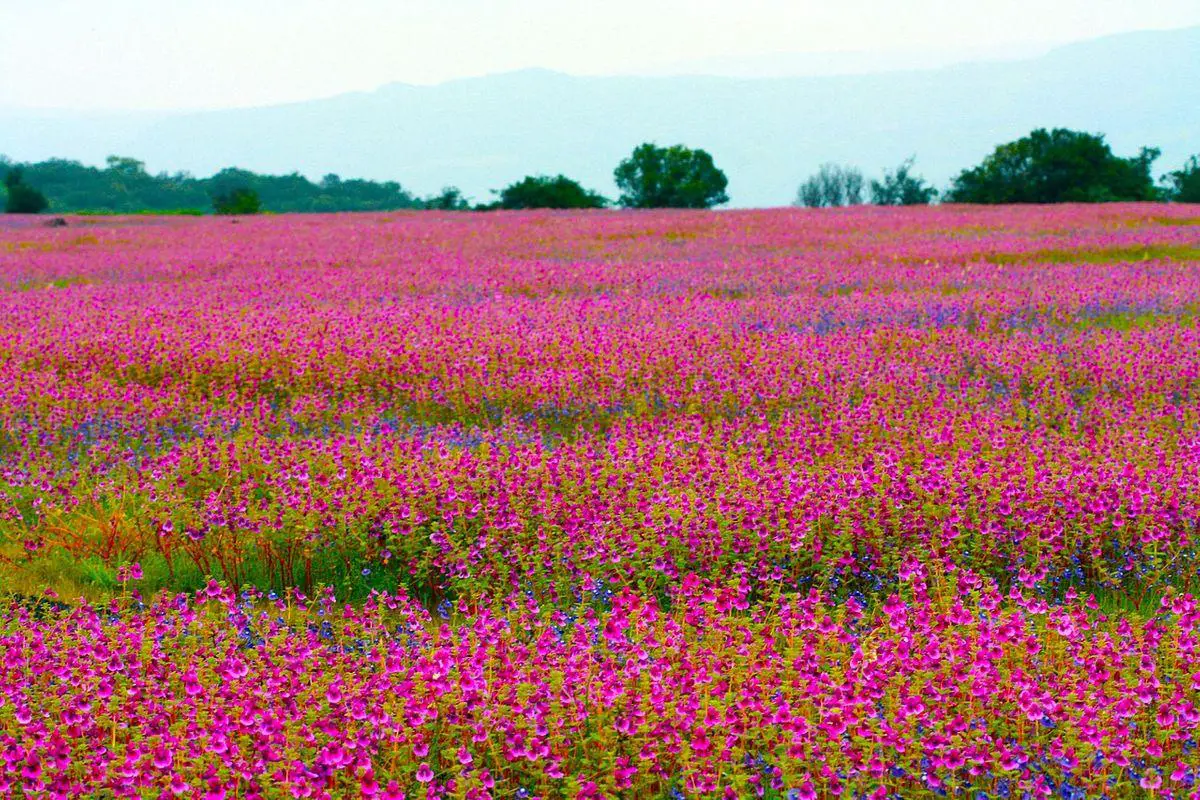
Australia and Oceania
Lord Howe Island
Australia
This remote, 56 km² large Australian island has its own ecoregion where half of the plants and some birds and other animals are endemic. Unique characteristics are diverse glowing mushrooms in the forest, some bright enough to be used for reading at night. Endemic kentia palms are popular, beautiful houseplants.
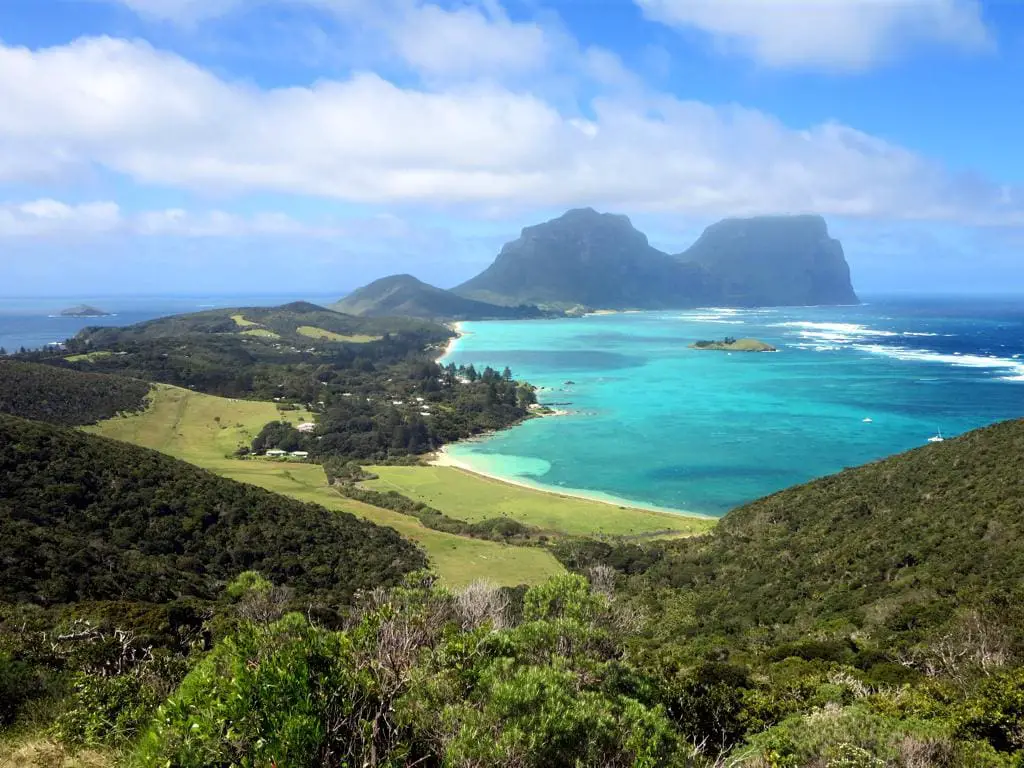
Jellyfish Lake (Ongeim’l Tketau)
Palau
A unique marine lake with an area of 5.0 ha, has an underground connection to the sea. Stratified in two layers that do not mix. Isolated from the sea for 12,000 years and contains a distinct population of two species of jellyfish – endemic Mastigias cf. papua etpisoni and most likely endemic Aurelia sp. Millions of these jellyfishes make strict daily migration around the lake. Four more marine lakes with jellyfish on the nearby islands but Jellyfish Lake is the only one open to tourists. The number of jellyfish has reached up to 31 million (January 2005), currently some 5 million.
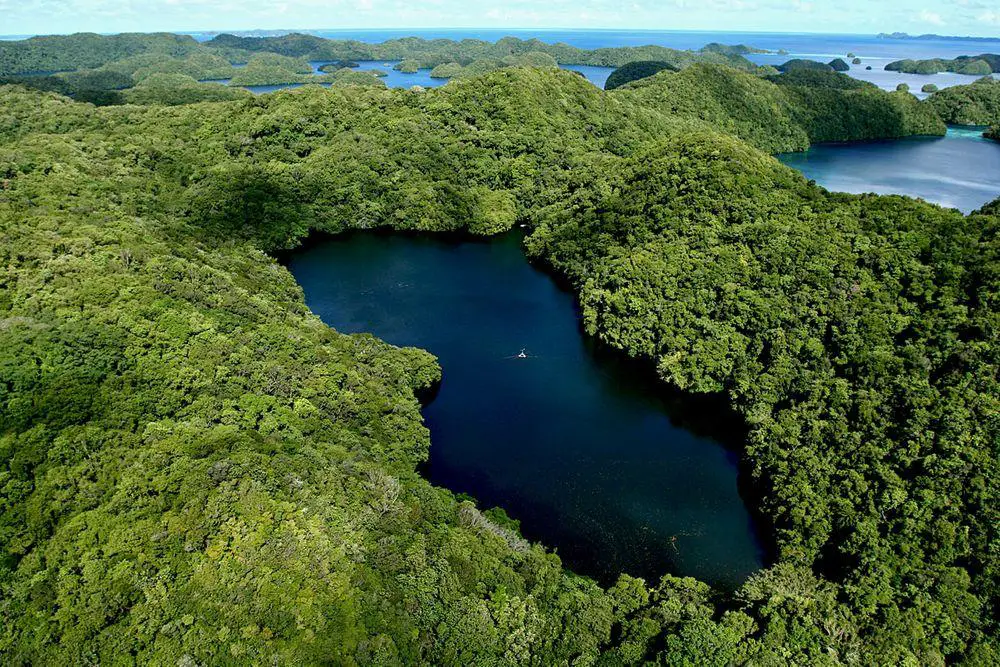
Christmas Island crab forest
Christmas Island (Australia)
The forest of Christmas Island is unique in the world due to the dominant species – some 50 – 100 million red crabs (Gecarcoidea natalis) – clearing the forest floor of leaves and other organic matter. These crabs are endemic to Christmas Island. Once per year, they migrate to the sea to lay their eggs, on the way blocking the roads and paths.
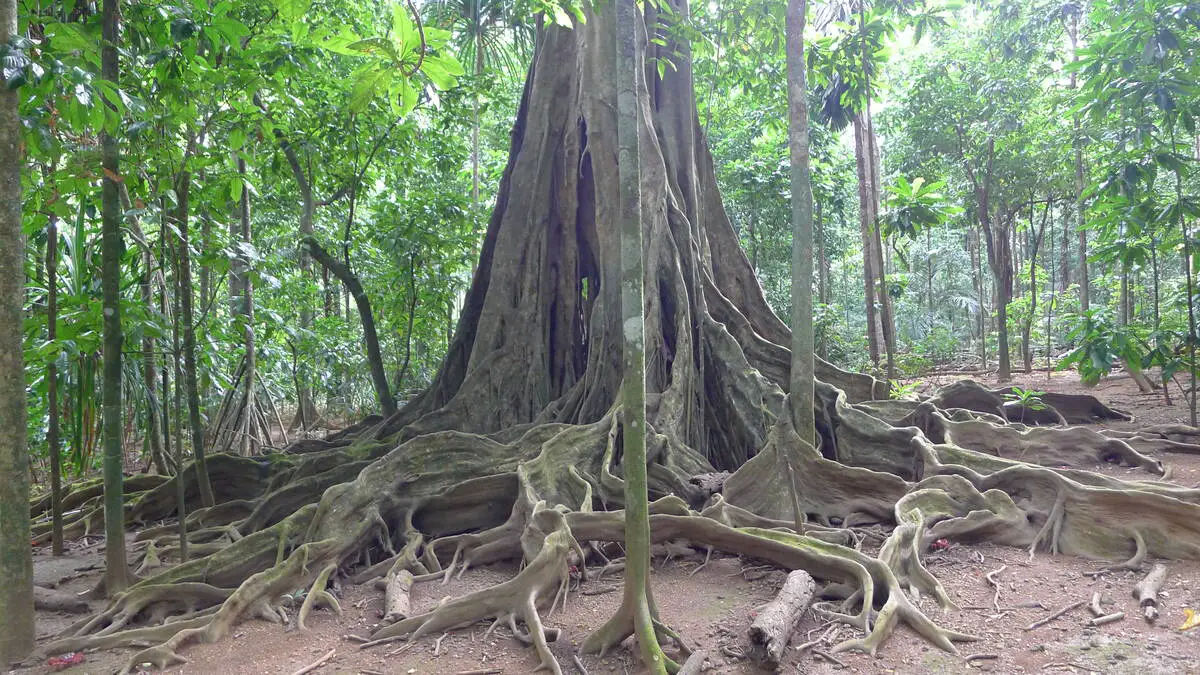
Ecosystem of Henderson Island
Pitcairn Islands (United Kingdom)
The only forested atoll with an intact ecosystem in the world. Endemic species – 9 species of plants and all 4 species of land birds. Numerous invertebrates are endemic, although they are poorly researched. The island is not walkable – it is covered with thicket and rugged limestone peaks.
The Daintree Rainforest
Australia
Scenically beautiful rainforest in Australia with very high biological diversity. This forest contains unique, primitive flowering plants that survived the dry climatic periods in smaller areas of climatic refuge.
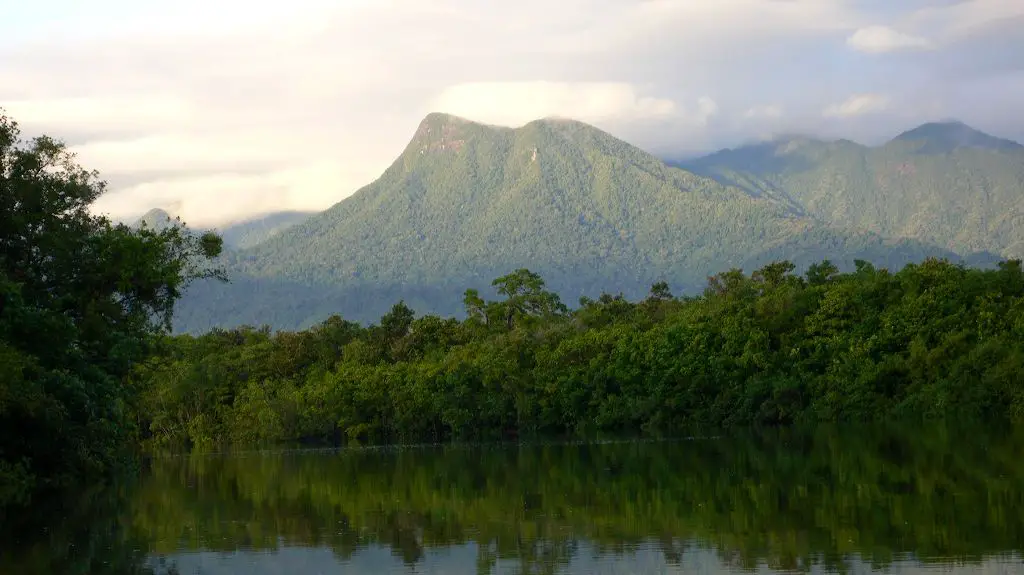
North America
Giant Forest
United States
Unique forest with stands of giant sequoia trees (Sequoiadendron giganteum) – the largest trees in the world. This is the easiest-to-access sequoia grove but also contains the largest trees – five of the ten largest trees on Earth are located in this grove. Area – 7.6 km2. In California are located several more notable groves of these giant trees.
Black Hole of Andros
Bahamas
300 m wide and up to 47 m deep round water-filled sinkhole with a layer of violet jelly layer of bacteria at 18 meters depth. Microorganisms have heated up the water to 40°C.
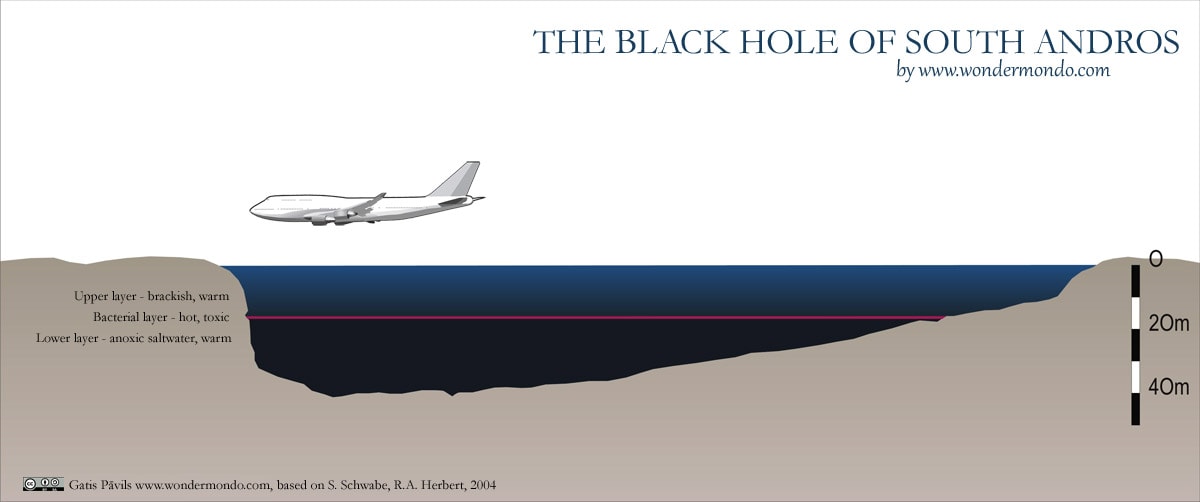
Ancient Bristlecone Pine Forest
United States
Grove of Great Basin Bristlecone Pine (Pinus longaeva), contains the oldest known individual trees in the world, more than 4,750 years old.
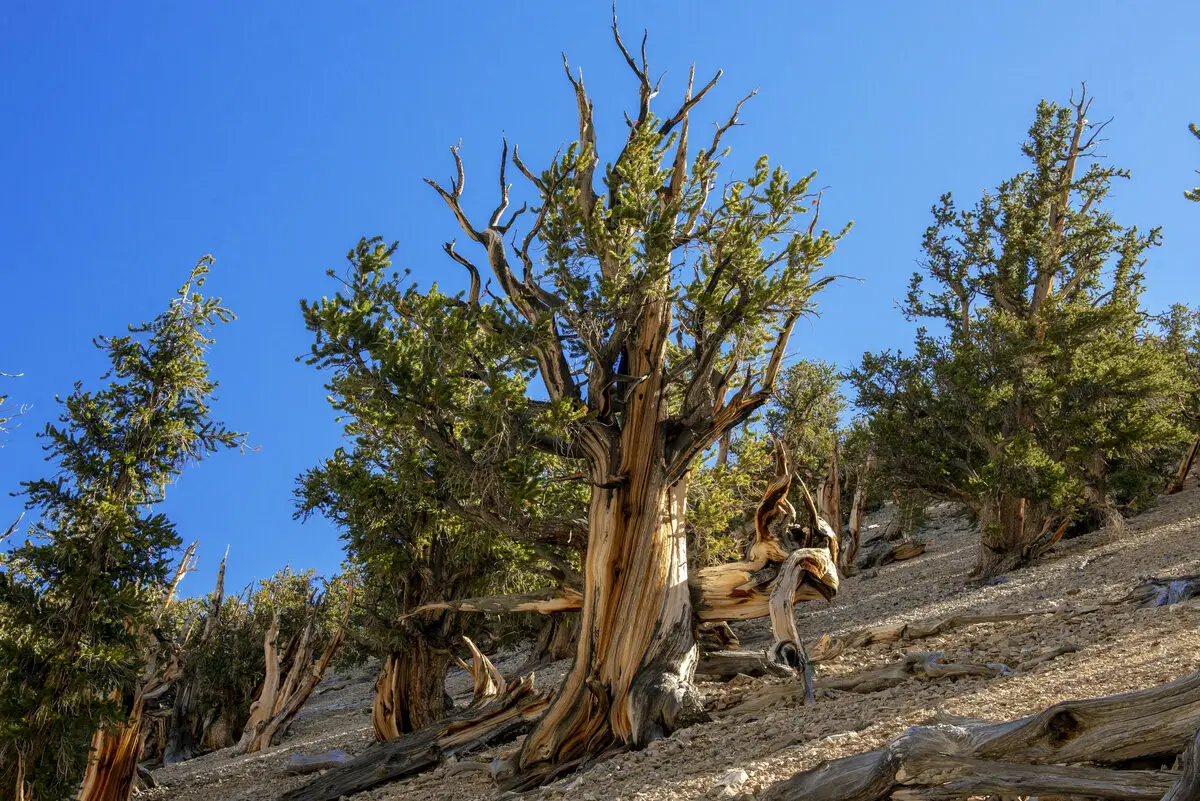
Monarch Butterfly Biosphere Reserve
Mexico
Wintering habitats of the monarch butterflies (Danaus plexippus). Some trees are covered with a thick layer of millions of butterflies.
Bracken Bat Cave
United States
Largest bat colony and the largest colony of mammals in the world. In the cave are living some 20 million Mexican free-tailed bats (Tadarida brasiliensis).
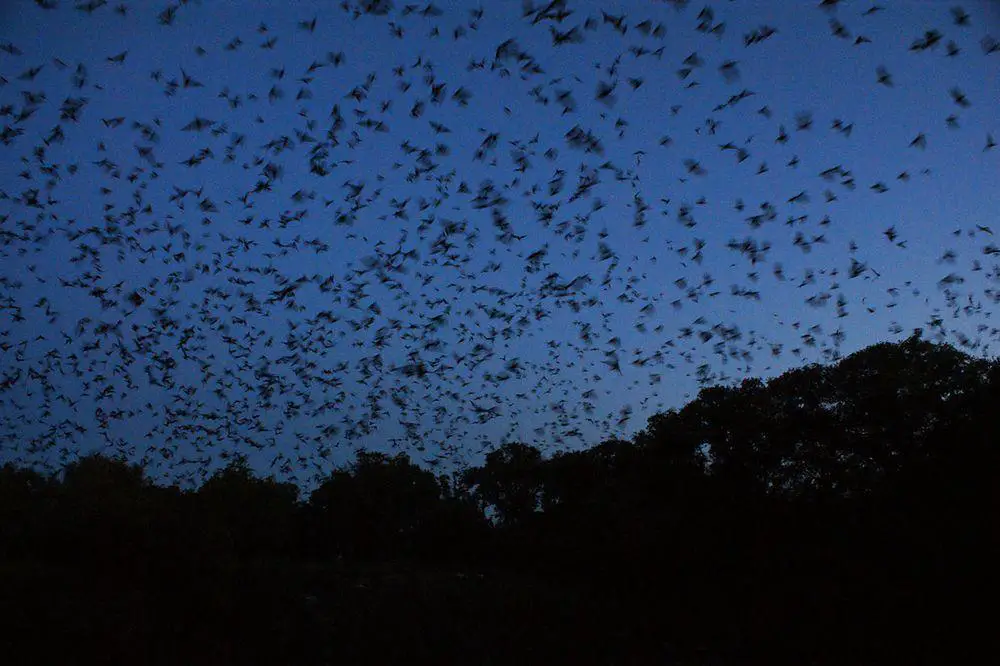
El Yunque National Forest
Puerto Rico (United States)
The only tropical rainforest in Puerto Rico. Beautiful area, where mountains raise up to 1,065 m. Rich with species of plants and animals, contains 23 species that are not found anywhere else in the world. Contains a unique dwarf forest.
Monteverde cloud forest
Costa Rica
Cloud forest with extremely high biological diversity. Nature reserve Bosque Nuboso Monteverde has the highest diversity of orchids in the world with more than 500 species, 34 new species were discovered in this forest. There are found more than 2,500 plant species, 400 bird species, and numerous other organisms.
South America
Yungay
Chile
The driest place in the world without any signs of life. Only a few specific microorganisms – extremophiles – are present here. Some areas are rich with nitrates – easily soluble minerals that in other circumstances are consumed by organisms. Here rich nitrate deposits have been formed from atmospheric nitrogen, possibly by lightning.
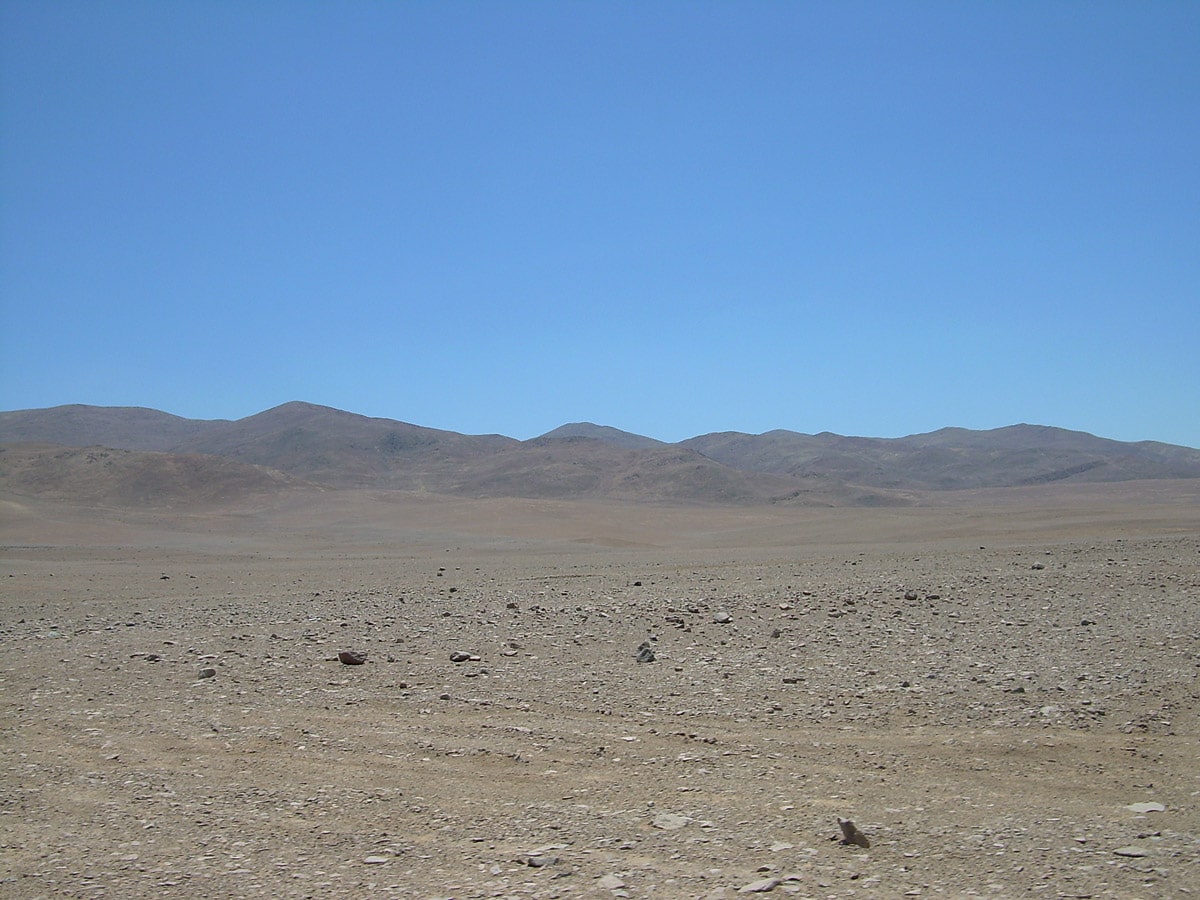
Mount Roraima
Brazil, Guyana, Venezuela
The famous table mountains in this part of the world have near-unique karst formations in quartzite. Over the many millions of years, it has been eroded by water, creating countless very interesting formations. Roraima is up to 2.8 km high.
Caño Cristales
Colombia
A unique river. Its bottom is covered with the endemic Macarenia clavigera plants. From late July to November, these plants turn bright red. Then this colorful river is one of the most spectacular sights in Colombia.
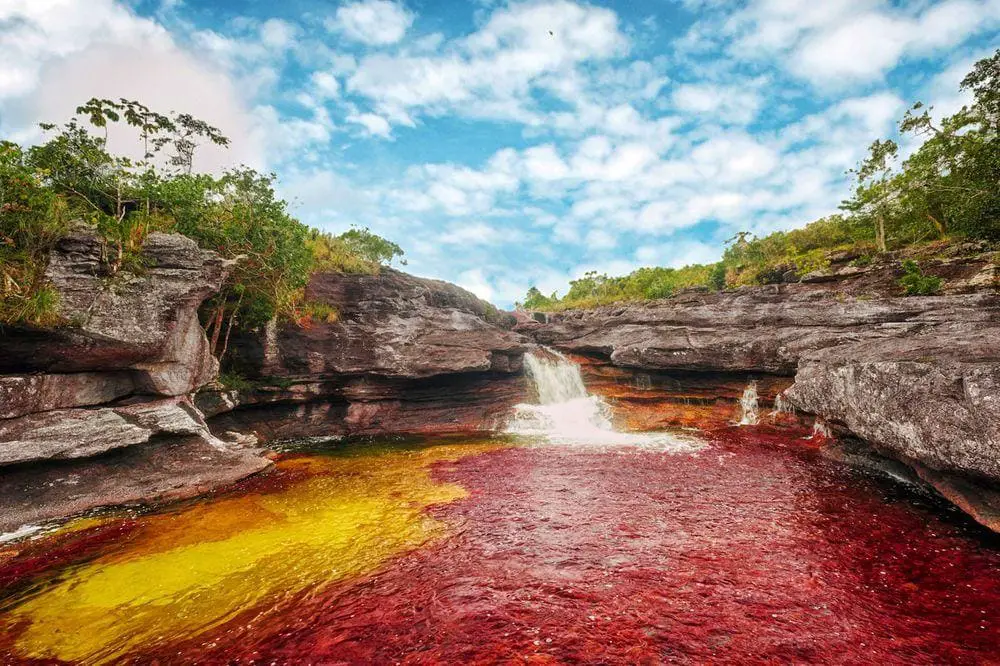
Forest on Robinson Crusoe Island
Chile
Temperate forest with a unique level of endemism – out of 211 local plant species 132 are endemic – e.g. met only on this island. The dense forest is formed from trees that are not met anywhere else. Hundreds of endemic species of insects.
Yasuni Forest
Ecuador
Possibly the most biodiverse area in the world. In this rainforest, the diversity of reptiles, amphibians, freshwater fishes, birds, mammals, and vascular plants (with 2,700 – 4,000 species of plants per hectare) reaches their maximum for Western Hemisphere and often – the world. Uncontacted tribes live in the forest. Endangered and affected by oil extraction.
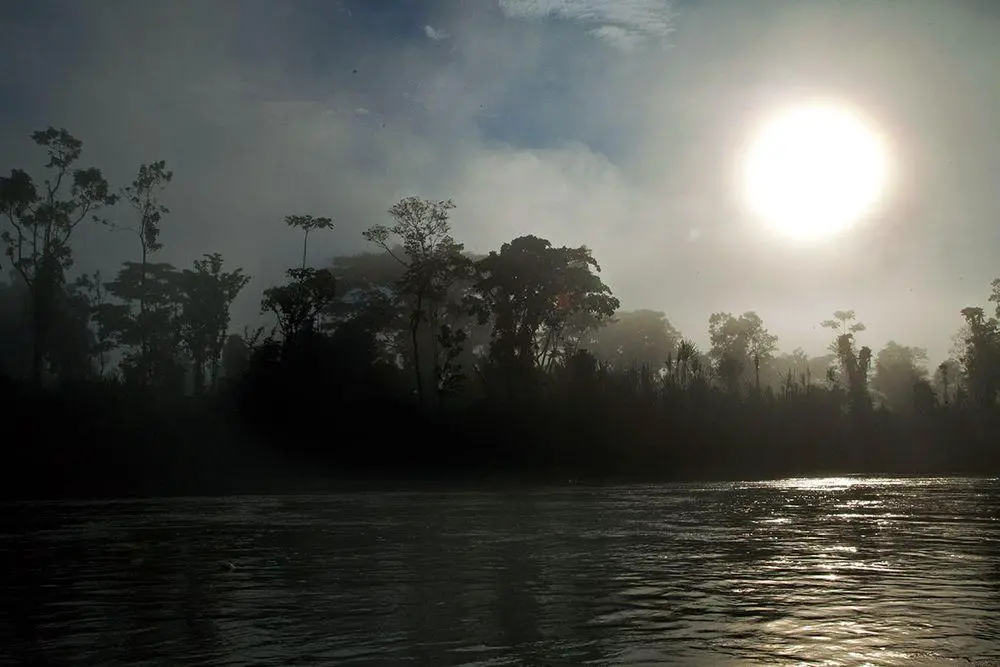
 Recommended books
Recommended books
Wild Things, Wild Places: Adventurous Tales of Wildlife and Conservation on Planet Earth
A moving, inspiring, personal look at the vastly changing world of wildlife on planet earth as a result of human incursion, and the crucial work of animal and bird preservation across the globe being done by scientists, field biologists, zoologists, environmentalists, and conservationists.
Tropical Nature: Life and Death in the Rain Forests of Central and South America
A look at the natural history of tropical rain forest in South America, its insects, birds, animals, and plants.

